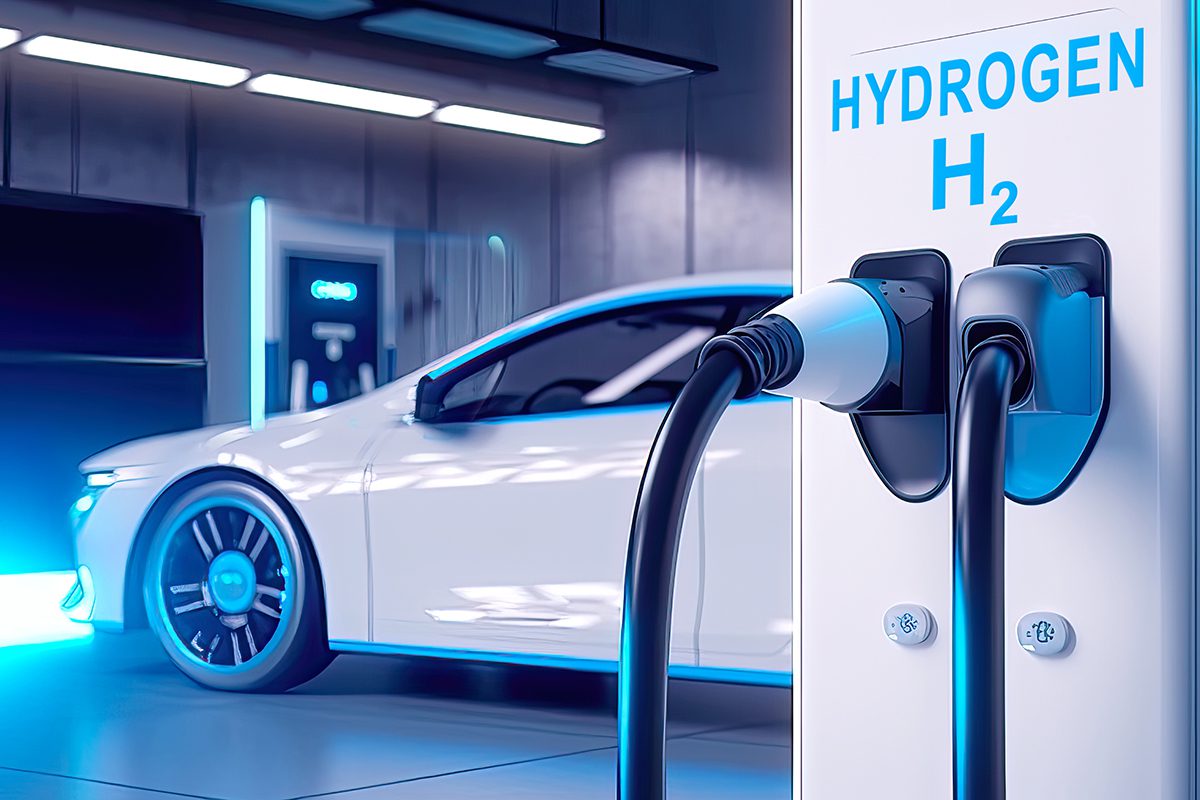While battery-electric vehicles have seen a boost through OEM development, regulatory mandates, and government funding, their zero-emission cousins are starting to see similar support.
Hydrogen fuel cell vehicles are not overwhelming the roadways just yet, but there are more than just plans in place to change that. OEMs for every class of vehicle are at the very least developing new hydrogen-fueled vehicles and the government has taken notice. As part of the Bipartisan Infrastructure Law, $8 billion has been earmarked for regional clean hydrogen hubs, in hopes of dropping the price of the fuel while simultaneously increasing the availability.
For these reasons and more, the Office of Energy Efficiency and Renewable Energy founded Hydrogen and Fuel Cell Day in 2015 to highlight the sectors this clean technology can be applied to, including transportation, stationary power, and other industrial applications. The date, October 8, was chosen to as a nod to the atomic weight of hydrogen — 1.008.
Overseen by the Office of Clean Energy Demonstrations (OCED), the Regional Clean Hydrogen Hubs Program, or H2Hubs, will lay out the foundation for a national clean hydrogen network and help scale this clean fuel to help the country achieve net zero emissions by 2050. After receiving close to 80 concept papers for hubs around the country, the OCED encouraged approximately 40% to submit full applications by last April. Currently, the applicants are awaiting the OCED’s final decision on the funding awards, which is expected sometime this fall.
These hubs are necessary to fuel the most obvious obstacle to a larger adoption of fuel cell vehicles — infrastructure. According to the Department of Energy’s (DOE) Alternative Fueling Station Locator, there are only 57 hydrogen stations in the U.S., with all by one located in California. While this does not include private onsite fueling, the lack of national infrastructure makes it difficult for most sectors to implement a move to fuel cell vehicles.
As part of this week’s Hydrogen and Fuel Cell Day celebration, the U.S. National Clean Hydrogen Strategy and Roadmap was unveiled, a plan that “draws on input from multiple agencies across your federal government as well as extensive and insightful feedback received from stakeholders,” according to the DOE. The plan has three main strategies: targeting high-impact uses of hydrogen, focusing on the overall cost reduction of hydrogen, and focusing on the establishment of regional networks to ramp up the scale of hydrogen production. The new strategy is eyeing an annual production of 10 million metric tons of clean hydrogen by 2030, increasing the ability of each transportation sector to reach zero emissions that much faster.


